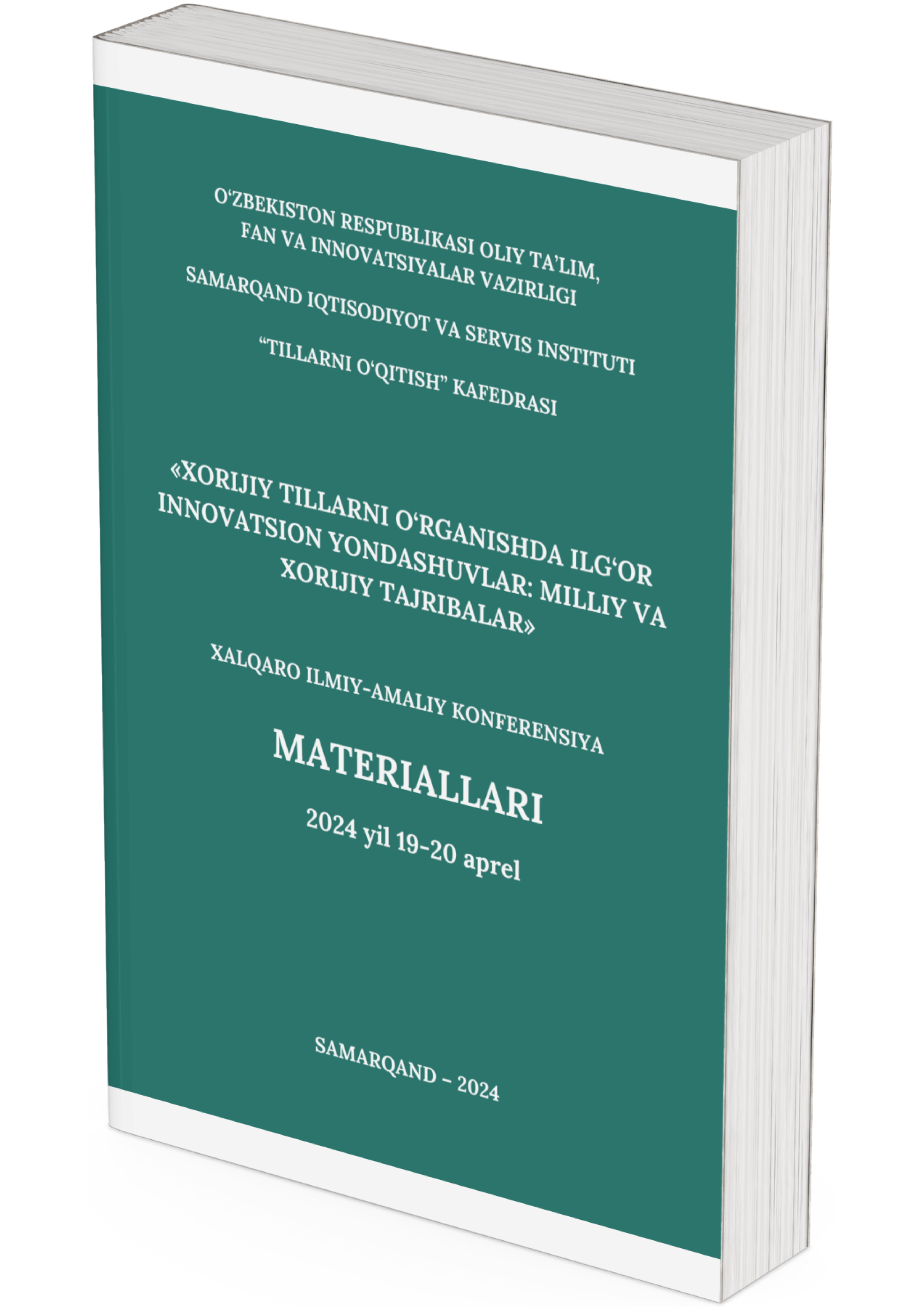PRESERVING LINGUISTIC DIVERSITY: STRATEGIES FOR LANGUAGE PRESERVATION AND REVITALIZATION IN A GLOBALIZED WORLD
Keywords:
Linguistic diversity, language preservation, language revitalization, endangered languages, globalization, cultural heritage, community-driven initiatives, digital technology, language policy, advocacy efforts, collaborative strategies, intergenerational language transmission, Bilingual education, language rights, cultural sensitivityAbstract
In a rapidly globalizing world, the preservation and revitalization of endangered languages have become pressing concerns. This paper examines the multifaceted challenges facing linguistic diversity and explores innovative strategies for language preservation and revitalization. Drawing on case studies from around the globe, the paper discusses the social, cultural, and political significance of language preservation efforts. It explores the impact of globalization, urbanization, and colonial legacies on indigenous languages and minority dialects. Additionally, the paper analyzes successful initiatives aimed at revitalizing endangered languages, including community-based language programs, digital technology tools, and language policy reforms. By synthesizing theoretical frameworks with practical examples, this paper offers insights into effective approaches for safeguarding linguistic diversity and fostering cultural heritage in the 21st century.
References
Fishman, J. A. (1991). Reversing Language Shift: Theoretical and Empirical Foundations of Assistance to Threatened Languages. Multilingual Matters.
Grenoble, L. A., & Whaley, L. J. (2006). Saving Languages: An Introduction to Language Revitalization. Cambridge University Press.
Hale, K., & Krauss, M. (Eds.). (1997). Keynote papers from the First National Breath of Life Archival Institute for Indigenous Languages. National Museum of the American Indian.
Harrison, K. D. (2007). When Languages Die: The Extinction of the World's Languages and the Erosion of Human Knowledge. Oxford UniversityPress.
King, K. A. (2001). Language Revitalization Processes and Prospects: Quichua in the Ecuadorian Andes. Multilingual Matters.
May, S. (Ed.). (2012). The Multilingual Turn: Implications for SLA, TESOL, and Bilingual Education. Routledge.
Ostler, N. (2010). The Last Lingua Franca: English Until the Return of Babel.Walker&Company.
Reyhner, J., Lockard, L., & Tsinajinnie, L. (Eds.). (1999). Revitalizing Indigenous Languages. Northern Arizona University, Center for Excellence inEducation.
Skutnabb-Kangas, T. (2000). Linguistic Genocide in Education-or Worldwide Diversity and Human Rights? Routledge.
Wiley, T. G., & García, O. (Eds.). (2016). Language Policy and Planning for Endangered Languages. Routledge.
Downloads
Published
Issue
Section
License
Copyright (c) 2024 Turdiyeva N.A., Ashirova M.M. (Author)

This work is licensed under a Creative Commons Attribution 4.0 International License.




